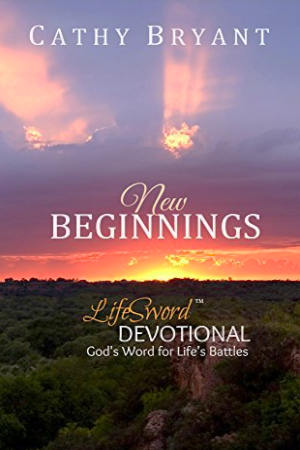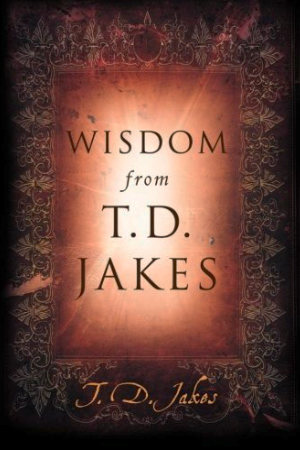
The Supremacy of the Gospel. Dr. Jack Graham sermon
1 Corinthians 15:1–4
Introduction
I am so glad I have eternal life! Aren’t you? “For God so loved the world he gave his only begotten Son that whoever believes in him would not perish but have eternal life” (John 3:16 ESV). And this is the gospel that we preach!
A number of years ago, one of my pastoral heroes, Dr. W. A. Criswell, decided to preach through the Bible in one evening, and he started about seven o’clock in the evening and preached well past midnight.
His subject was the scarlet thread running through the Bible. Cut the Bible anywhere, and it will bleed because it is the message of redemption, good news for all of us. And that’s what the word gospel means: good news.
Primary and Powerful
Paul declares this good news in 1 Cor. 15:1–4 (ESV):
Now I would remind you, brothers, of the gospel I preached to you, which you received, in which you stand, and by which you are being saved, if you hold fast to the word I preached to you—unless you believed in vain.
For I delivered to you as of first importance what I also received: that Christ died for our sins in accordance with the Scriptures, that he was buried, that he was raised on the third day in accordance with the Scriptures.
The gospel is the death, burial, and resurrection of Jesus Christ. And the person and work of Christ describes these most important events in human history.
It’s why we say first of all that the gospel is primary! Paul said it is “of first importance.” The gospel is not incidental; it is fundamental to our faith. And so Paul is saying, “Listen up! Pay attention to the gospel and never forget it!” The gospel is not only primary but also powerful.
No wonder Paul said, “I am not ashamed of the gospel, for it is the power of God for salvation to everyone who believes” (Rom. 1:16 ESV).
The gospel is good news because of the problem of sin. Just as a jeweler might place a diamond on a dark velvet cloth to examine its clarity, magnificence, and beauty, God places the gospel on the dark backdrop of man’s sin. Sin is so tragic, so damning, so vile that it takes the precious blood of God’s only Son to forgive us of our sins.
Sin is a defiance, a trespass against the laws of God. Sin is a debt: “The wages of sin is death” (Rom. 6:23a ESV). Jesus paid a debt he did not owe because we owed a debt we could not pay. Sin is a disease for which there is no cure but the gospel.
Even our righteousness is as filthy rags. Sin is a distance that separates us from God. Even God’s Son, bearing the sins of the world at that moment, was separated from the Father, forsaken of God (Matt. 27:46). Sin is death, a living death without God.
Death
The good news is that Jesus died for our sins. This was a voluntary death. Jesus said, “No one takes [my life] from me, but I lay it down of my own accord” (John 10:18 ESV). It was a vicarious death. “God shows his love for us in that while we were still sinners, Christ died for us” (Rom. 5:8 ESV) as our substitute in our place.
He suffered our shame, our sin, our sorrows, and died. It is a voluntary death, a sacrifice. It is a vicarious death, a substitution. It is also a victorious death because on the cross, Jesus defeated the powers of sin, death, and hell. That’s why we sing “Victory in Jesus”!
Burial
Not only did Jesus die for our sin, he was buried. The Bible teaches us that when Jesus was buried, our sins were buried with Him. He remembers them no more. A beautiful picture that teaches this is called baptism. Romans 6:3 (ESV) says, “Do you not know that all of us who have been baptized into Christ Jesus were baptized into His death?” That is, we identify with Him in His death, His cross.
We were buried therefore with him by baptism into death, in order that, just as Christ was raised from the dead by the glory of the Father, we too might walk in the newness of life. For if we have been united with him in a death like his, we shall certainly be united with him in a resurrection like his (Rom. 6:4–5 ESV).
So baptism pictures the death, burial, and resurrection of Christ.
Resurrection
The gospel is not only that He died, was buried, but that he rose again, “He was raised on the third day in accordance with the Scriptures” (1 Cor. 15:4 ESV). Friends, according to 1 Cor. 15, if Jesus is still in the grave our faith is foolish, our lives are futile, and our preaching is worthless.
But what we believe is that on the third day He conquered sin and death and the grave, and this is the gospel! Romans 4:25: “[ Jesus] who was delivered up for our trespasses and raised for our justification.”
This gospel is also powerful to secure because in 1 Cor. 15:1 (ESV) it says, “in which you stand.” We stand upon a solid Rock. We may tremble on the Rock, but the Rock never trembles under us! We stand upon Christ.
Conclusion
The gospel that saves us also grows us. Notice verses 1–2 (ESV) say, “I would remind you . . . of the gospel I preached to you . . . in which you stand, and by which you are being saved.”
That is, we are always being saved. The same gospel that saves us, keeps us and grows us. We’re being made more and more like Christ.
I have been saved. I am being saved. And I will be saved ultimately and finally in the presence of Christ. And we’ll be talking about what that means in the rest of this series.
Jack Graham
Dr. Jack Graham is the pastor of Prestonwood Baptist Church, one of the nation’s largest, most dynamic congregations. Dr. Graham is a noted author of numerous books. His passionate, biblical teaching is also seen and heard across the country and throughout the world on PowerPoint Ministries.






